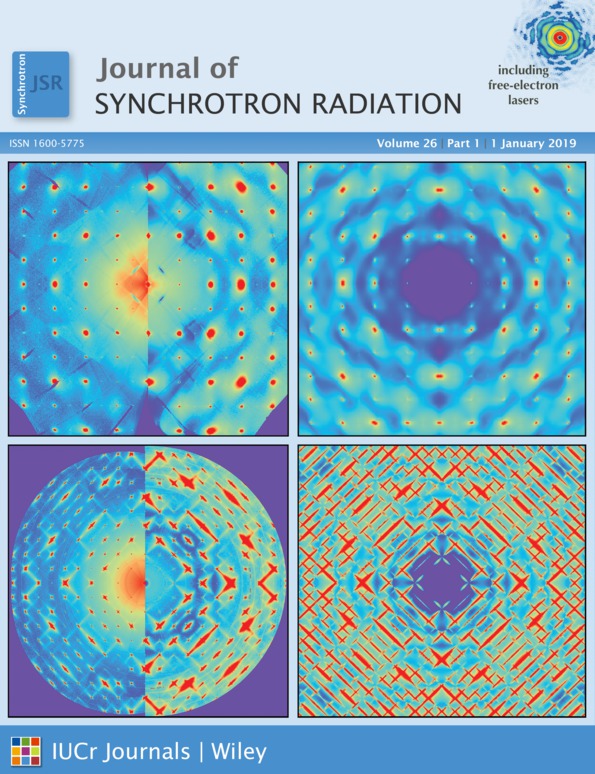In situ high-temperature EXAFS measurements on radioactive and air-sensitive molten salt materials
Abstract
The development at the Delft University of Technology (TU Delft, The Netherlands) of an experimental set-up dedicated to high-temperature in situ EXAFS measurements of radioactive, air-sensitive and corrosive fluoride salts is reported. A detailed description of the sample containment cell, of the furnace design, and of the measurement geometry allowing simultaneous transmission and fluorescence measurements is given herein. The performance of the equipment is tested with the room-temperature measurement of thorium tetrafluoride, and the Th—F and Th—Th bond distances obtained by fitting of the EXAFS data are compared with the ones extracted from a refinement of neutron diffraction data collected at the PEARL beamline at TU Delft. The adequacy of the sample confinement is checked with a mapping of the thorium concentration profile of molten salt material. Finally, a few selected salt mixtures (LiF:ThF4) = (0.9:0.1), (0.75:0.25), (0.5:0.5) and (NaF:ThF4) = (0.67:0.33), (0.5:0.5) are measured in the molten state. Qualitative trends along the series are discussed, and the experimental data for the (LiF:ThF4) = (0.5:0.5) composition are compared with the EXAFS spectrum generated from molecular dynamics simulations.




